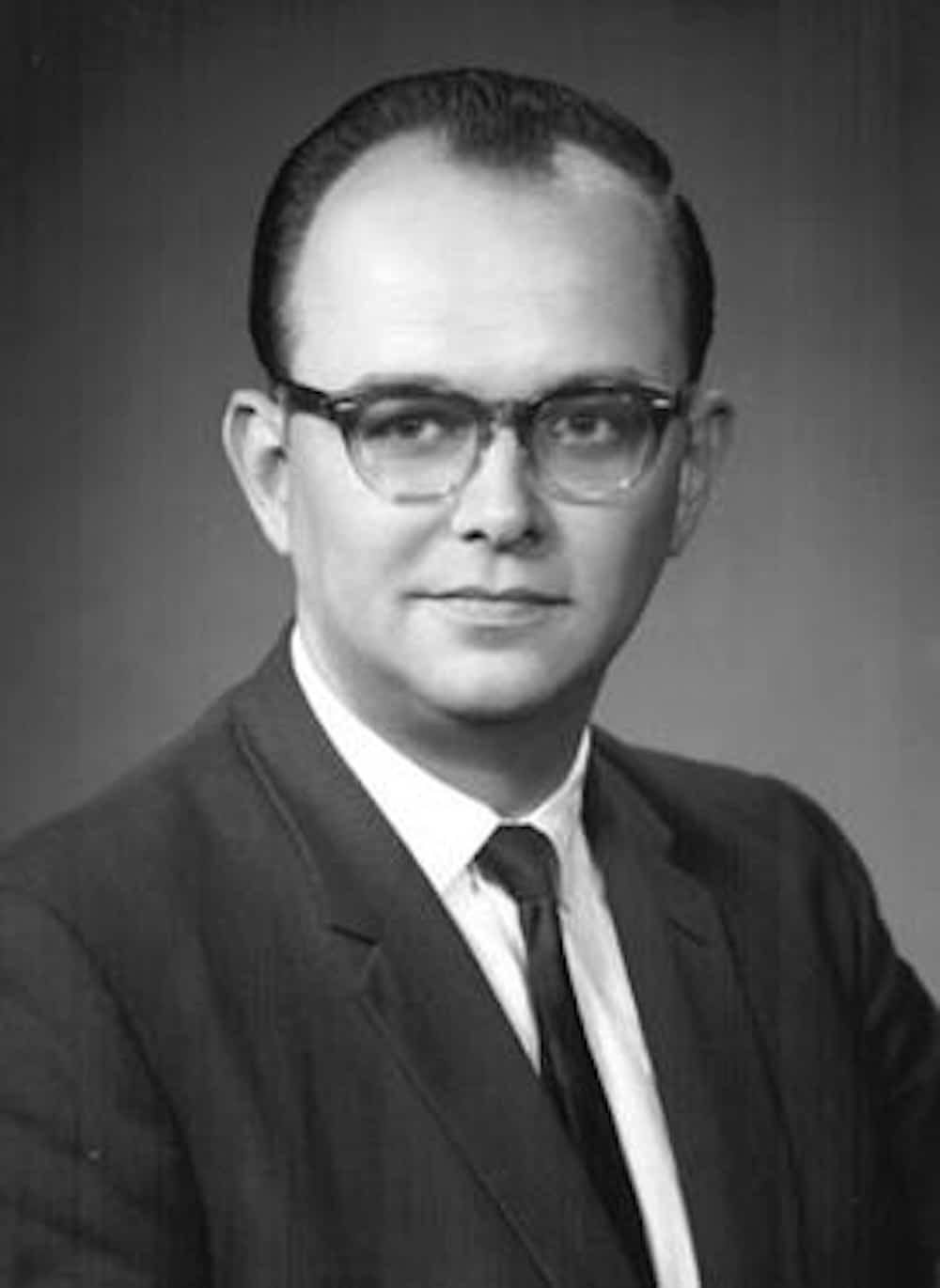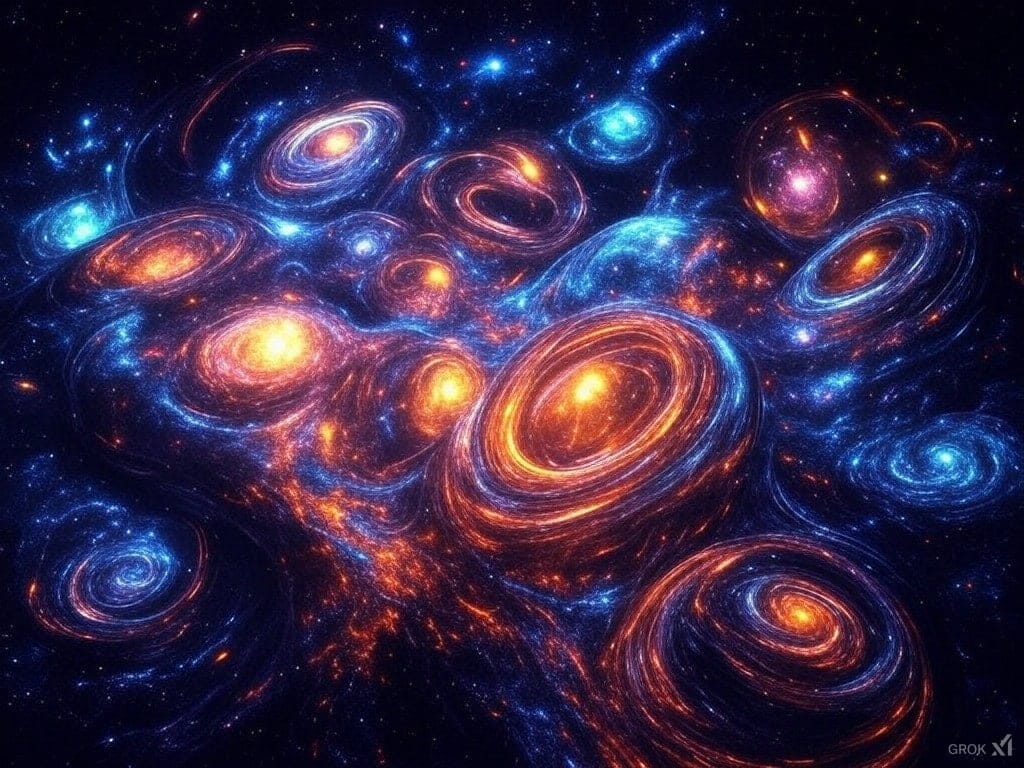Hugh Everett III (1930-1982) was an American physicist whose theory of “parallel universes” or “many-worlds interpretation” forever changed our understanding of quantum mechanics and the nature of reality. Though his work was initially ignored, his scientific legacy has gained crucial importance, not only in physics but also in philosophy and popular culture. This article examines in detail the life, work, and impact of Everett.
Early Life and Education
Hugh Everett was born on November 11, 1930, in Washington D.C., into a well-off family. From a young age, he showed great aptitude for mathematics and science, which led him to excel academically.
- Academic background: Everett studied at the Catholic University of America before entering Princeton University to pursue his Ph.D. in physics. There, he came under the guidance of John Archibald Wheeler, one of the most prominent physicists of the 20th century, known for his work in general relativity and quantum mechanics.
- Early influence: At Princeton, Everett became deeply interested in the foundations of quantum mechanics, a field fraught with paradoxes, such as the famous Schrödinger’s cat experiment and the Copenhagen interpretation promoted by Niels Bohr.
The Many-Worlds Interpretation
In 1957, at the age of 27, Hugh Everett presented his doctoral thesis titled “The Formulation of Quantum Mechanics via the Universal Wave Function.” In it, he proposed what would later be called the “Many-Worlds Interpretation” (MWI).

The Quantum Measurement Problem
Quantum mechanics describes how subatomic particles (such as electrons and photons) exist in a state of “superposition,” meaning they are in multiple states simultaneously. However, when a measurement is made, the system collapses into a single observable state. This phenomenon, known as the measurement problem, was a mystery that the Copenhagen interpretation treated as inherently “probabilistic” and observer-dependent.
Everett’s Solution
Everett challenged this view and suggested that the wave function describing a quantum system does not collapse upon observation. Instead:
- All possible outcomes of a measurement occur simultaneously, but in different “branches” of the universe.
- Each time a quantum measurement is made, the universe “splits” into multiple parallel universes, each corresponding to a possible outcome.
- These branches are equally real and exist in parallel, although they do not interact with each other.
Initial Reaction and Rejection
The many-worlds interpretation was met with skepticism, if not ridicule. Even his mentor, John Wheeler, tried to downplay Everett’s claims when presenting his thesis to the public. The scientific community, led by figures such as Niels Bohr, rejected the idea, partly because it challenged the traditional approach and because it did not offer an experimental method to test it.
Disappointed by the cold reception, Everett left academic physics shortly after completing his thesis.
Later Career and Contributions to Applied Science
After leaving Princeton, Everett joined the private industry and government, where he applied his mathematical genius to practical problems.
Work in Defense and Mathematics
Everett worked for the Pentagon and developed advanced mathematical models for military strategy. He was one of the pioneers in developing game theory applied to strategic scenario analysis, especially in the context of the Cold War.
In 1964, he founded Lambda Corporation, a scientific consulting firm that provided mathematical analysis and solutions to complex problems.
Connection to Computer Science
Everett also indirectly contributed to the field of computer science. His focus on algorithms and mathematical modeling influenced the development of simulation systems and decision-making processes.
Personal Life and Struggles
Despite his brilliance, Everett’s personal life was marked by problems.
Family
He married Nancy Gore, with whom he had two children, Elizabeth and Mark Oliver Everett. Mark, better known as “E,” became the lead singer of the alternative rock band Eels. The relationship between Hugh and his family was complicated, partly due to his distant personality and work obsession.
Personal Struggles
Everett led an unhealthy lifestyle, including excessive consumption of alcohol and tobacco. This, along with the stress of his work, deteriorated his health.
Rediscovery and Posthumous Recognition
Hugh Everett passed away on July 19, 1982, at the age of 51, due to a heart attack. At that time, his work was virtually unknown to the general public and little appreciated in the scientific community.
However, as quantum mechanics advanced and physicists began to explore ideas beyond the Copenhagen interpretation, Everett’s many-worlds theory gained relevance.
Impact on Modern Physics
- Popularization: In the following decades, physicists like Bryce DeWitt and David Deutsch defended and expanded Everett’s theory, presenting it as a viable interpretation of quantum mechanics.
- Modern Experiments: Although the MWI cannot be directly tested, many quantum experiments have demonstrated the reality of superposition and entanglement, fundamental concepts in Everett’s interpretation.
Popular Culture
The idea of parallel universes has captured the popular imagination, influencing movies, books, and television series. Examples such as Rick and Morty, Everything Everywhere All At Once, and Interstellar reflect concepts inspired by Everett’s vision.
Legacy
Hugh Everett III was a visionary whose radical idea of many worlds transformed our understanding of physics and reality. Although he faced rejection from the scientific community during his lifetime, he is now celebrated as a pioneer whose theory continues to inspire research and philosophical debate.
Everett’s work not only changed quantum mechanics but also opened doors to new ways of thinking about the nature of the universe, time, and our existence. His story reminds us that revolutionary ideas often take time to be recognized, but they have the power to change the course of humanity.
Featured image created with Grok.

